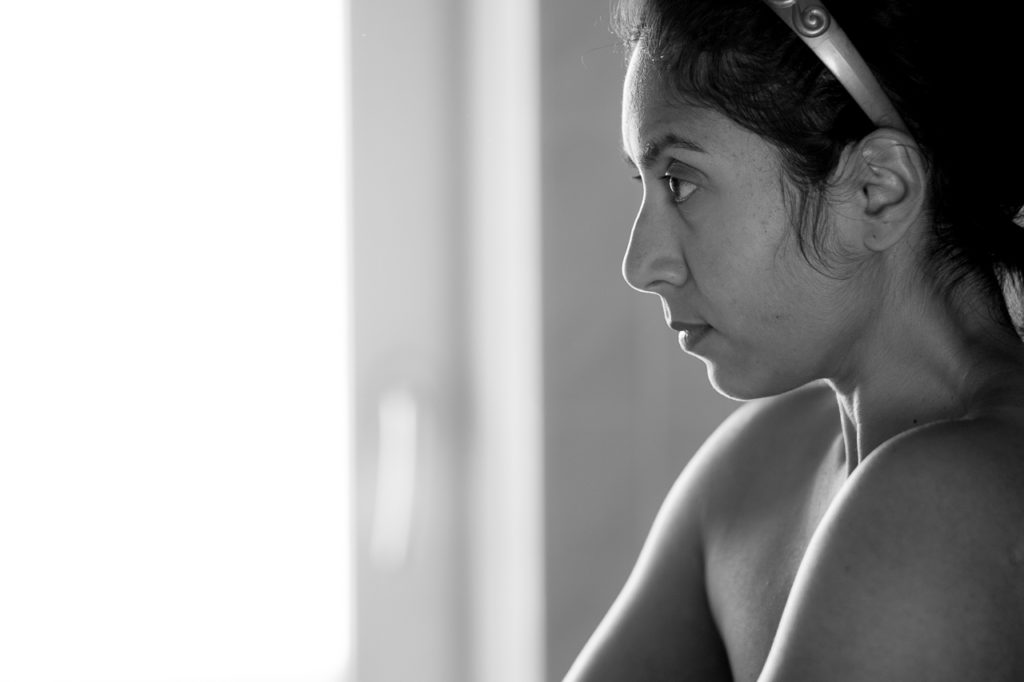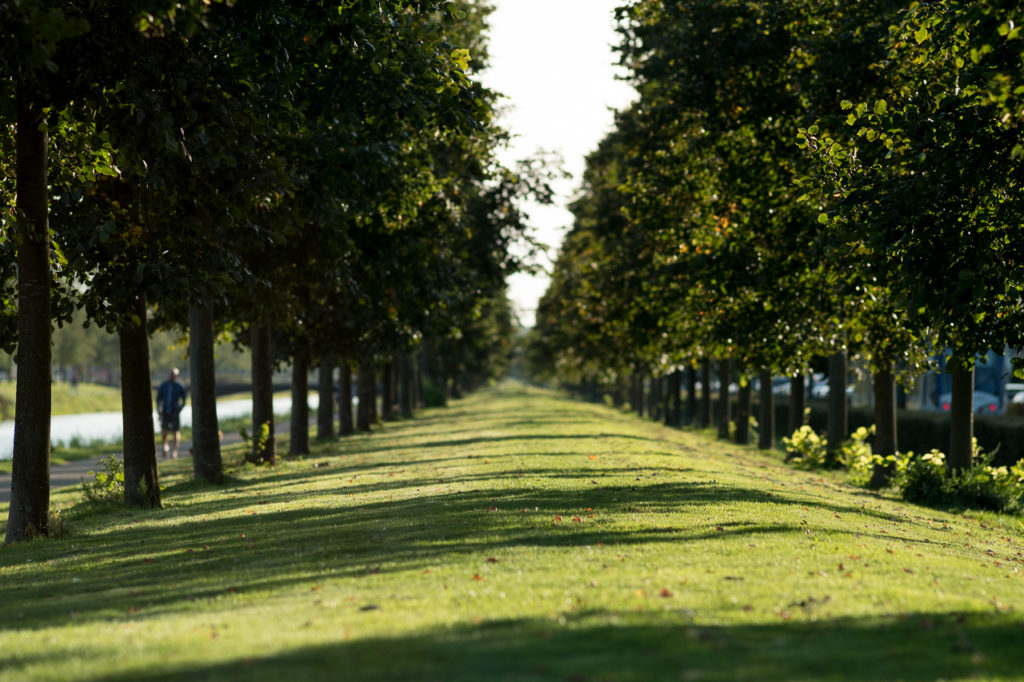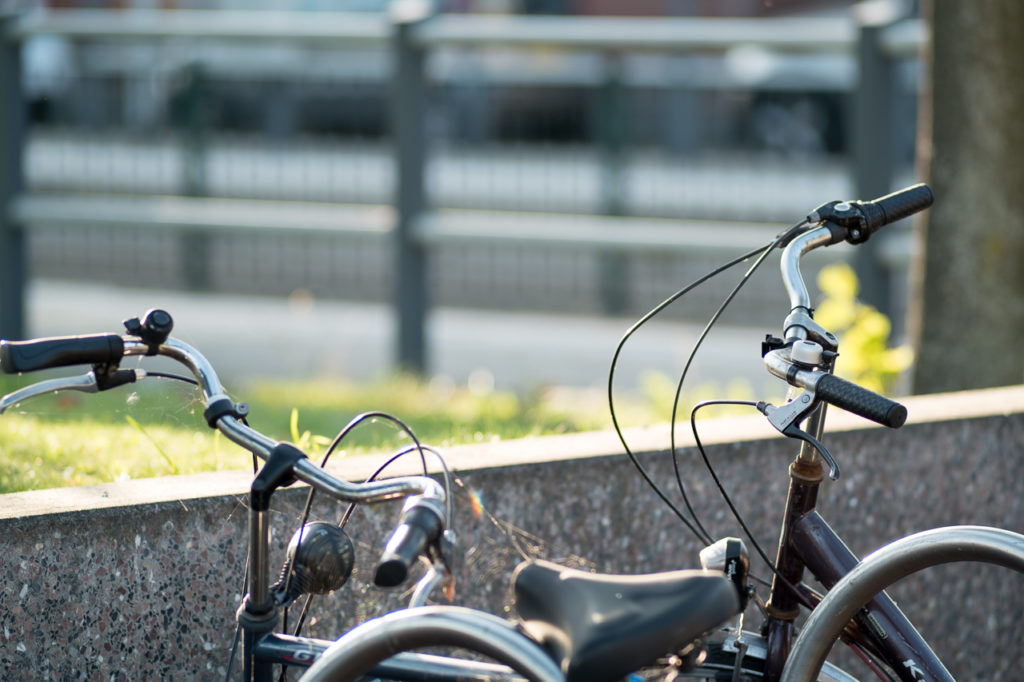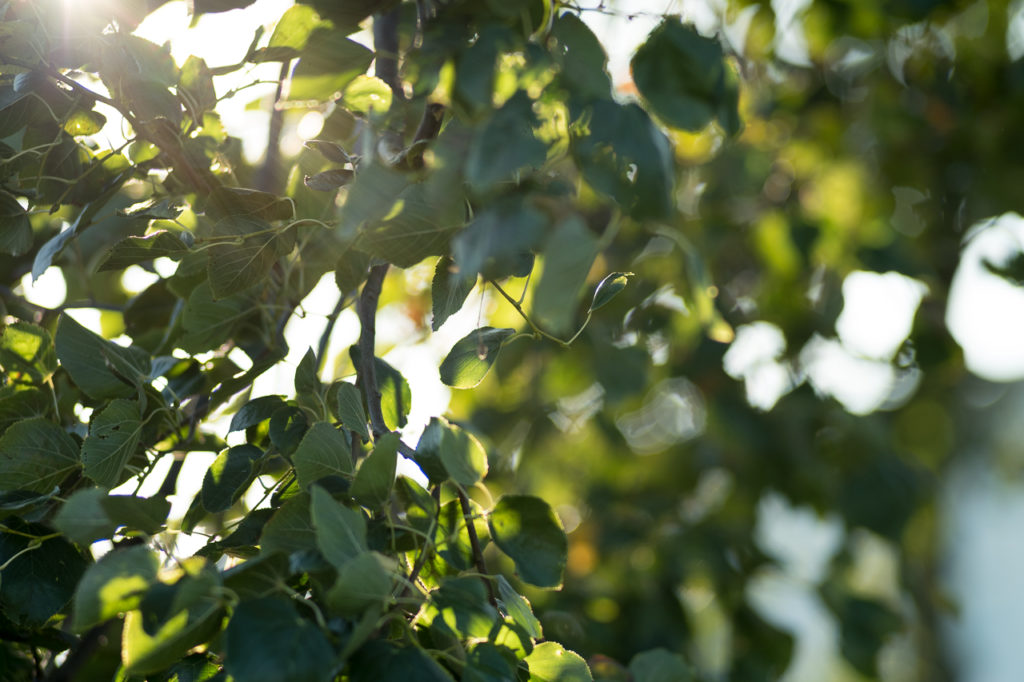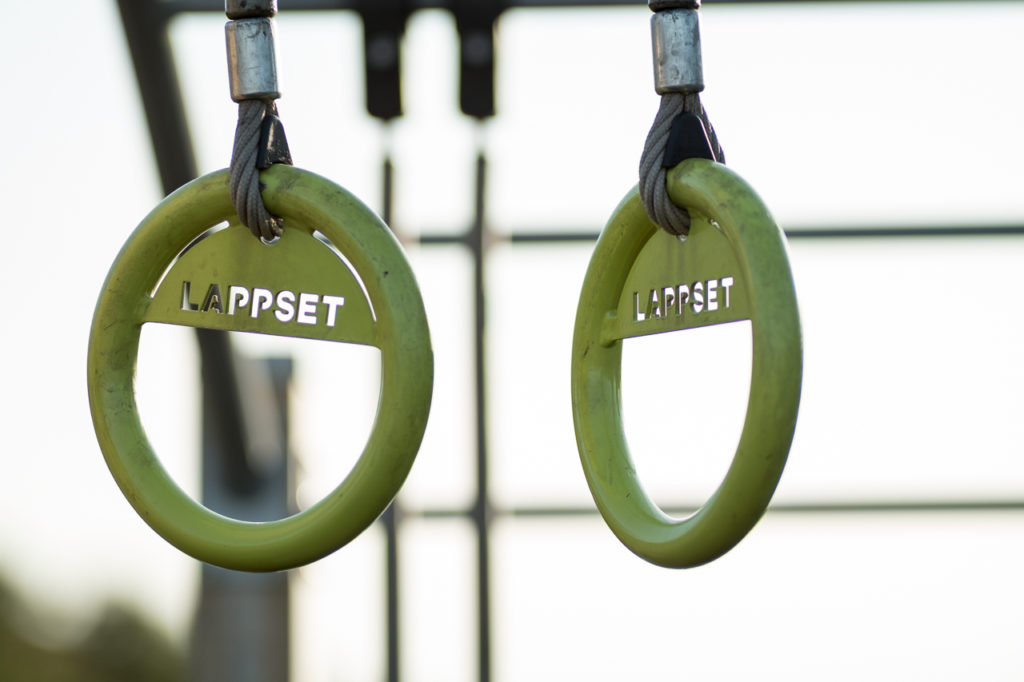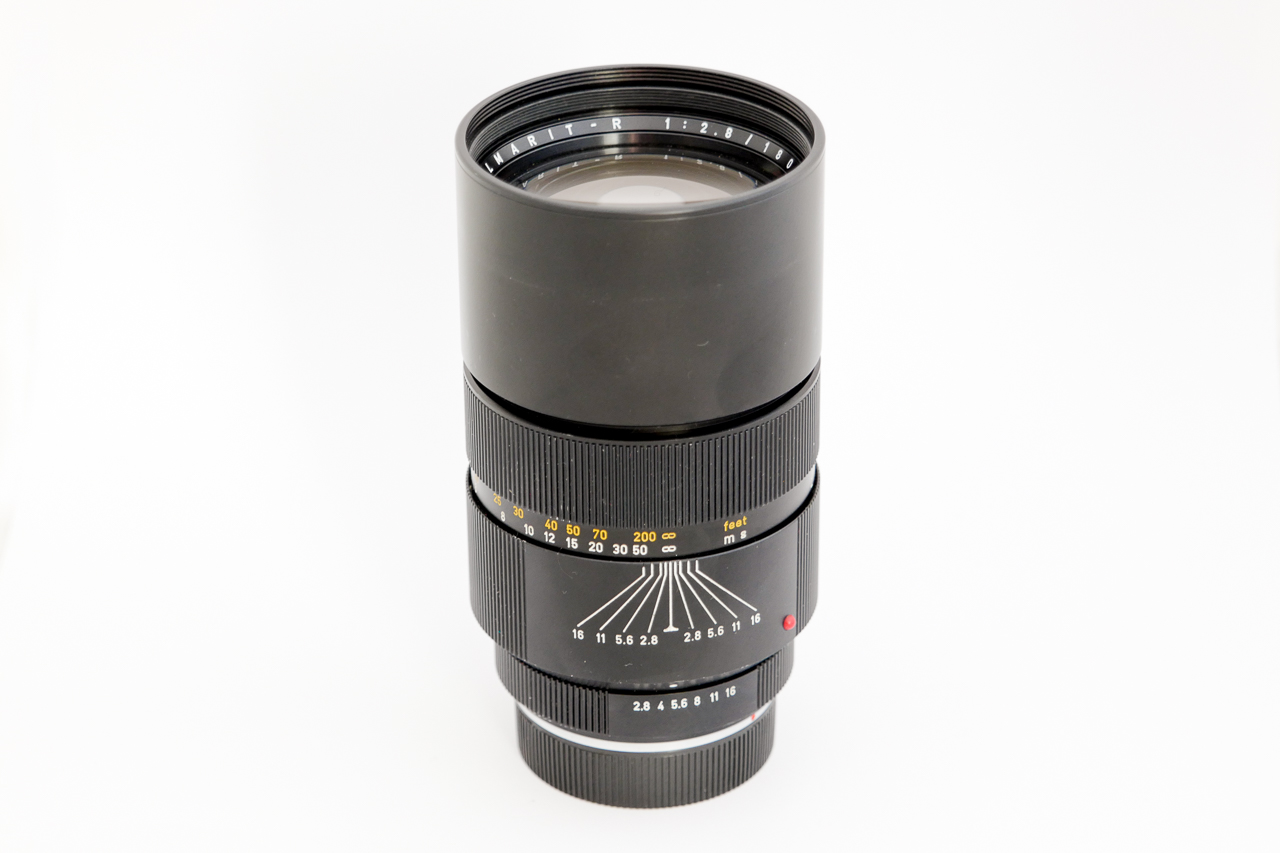My friend Maarten from The Analog Camera Store sent me two lenses to review, one of them being the pretty heavy Leica Elmarit-R 180/2.8 tele lens. My longest lens for my Leica system (both M, SL and CL) is a 90mm, which I only use for seminars and other events where I need to keep my distance. Even for weddings, I consider this focal length too much. I do own the Panasonic 24-105 which I use for events where easy of use is more important than IQ and where things can get dusty or wet.
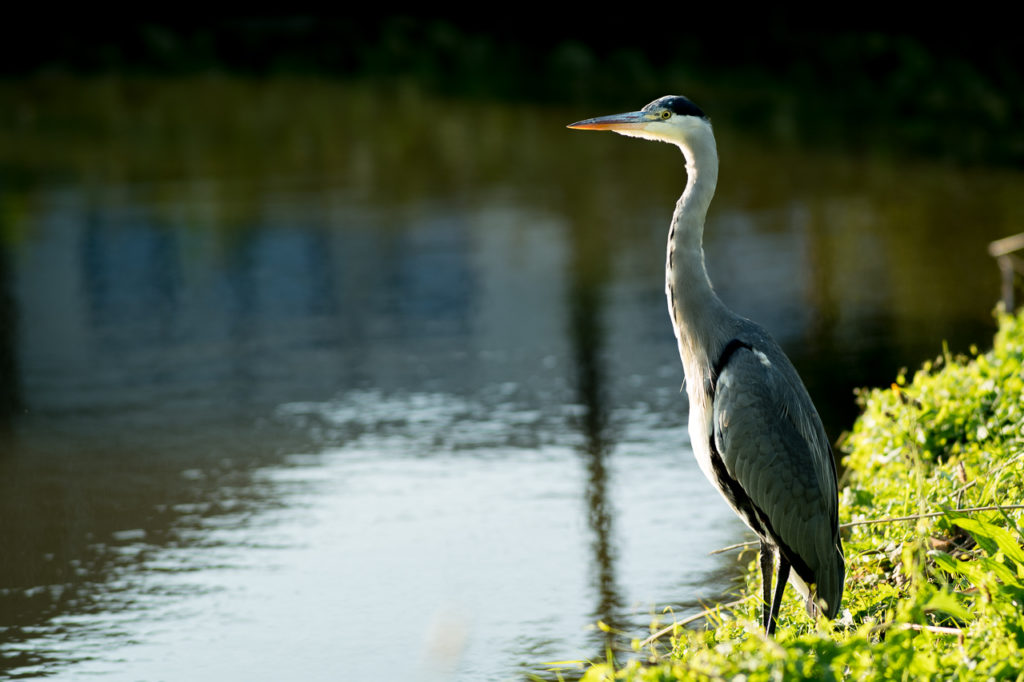
Having said that, I’m not a big fan of the 180mm focal length, but it does have its place in photography. Some photographers have used this focal length for portraits and now that we need to keep our distance because of the COVID situation, it’s actually not a bad idea to use a slightly longer lens.
The good news is that with this lens, you won’t find a better value for money anywhere else.
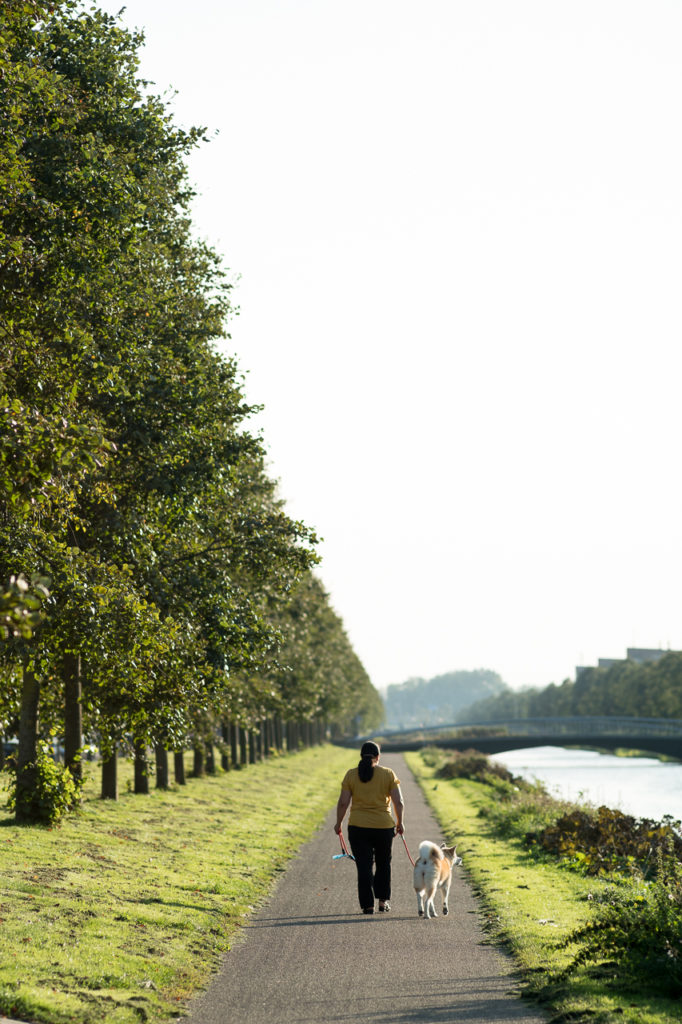
Build quality and ergonomics
This lens is rock solid. You can’t possibly outlive this lens. The downside is that it is also quite heavy. I wouldn’t recommend to walk around with it all day, but shooting it from a tripod in a studio is perfectly fine. Also, landscape and wildlife photographers seem to be used to walking around with heavy lenses. If you’re like that, the R 180 will feel at home in your photo bag.
On the SL it is heavy, but well balanced. Nothing to complain here. The aperture is, unlike most Leica lenses I’ve seen, not the usual ring, but it seems to be a separate part of the housing that can be rotated to select the right aperture. Absolutely beautiful and solid. The lens has a tripod mount, which is very nice to have.
I often complain about the short focus throw on modern Leica lenses. Well, this one is definitely not too short. To be honest, it is very, very long. When shooting portraits from a tripod, it is a good thing, because you can really nail the focus by finetuning the lens. But for shooting sports or anything that moves…good luck with that. It can be done, but it’s hard.
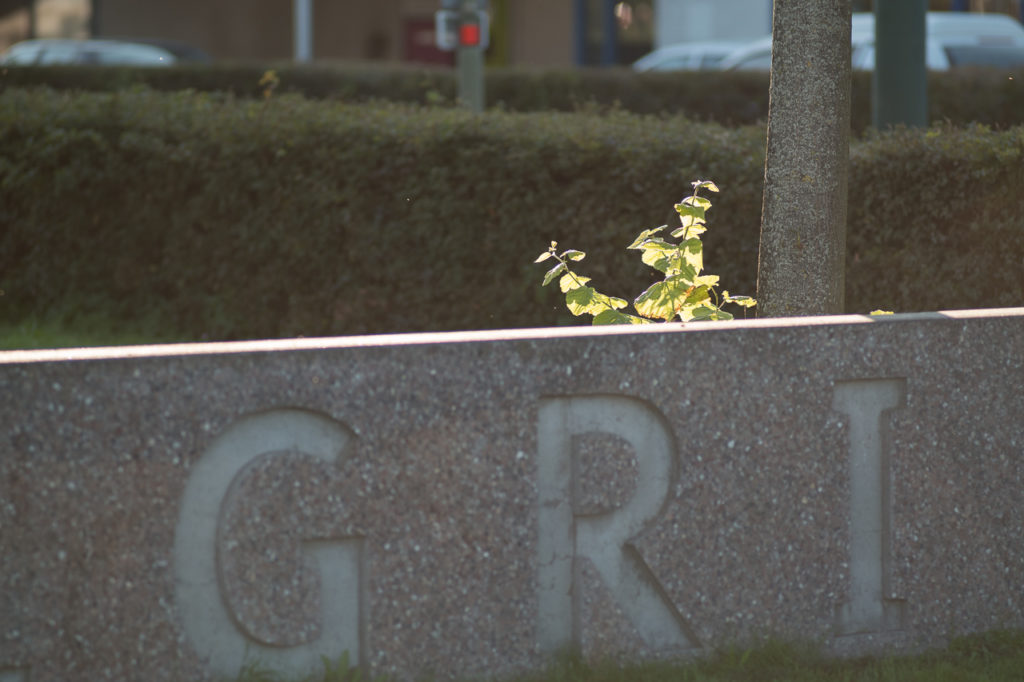
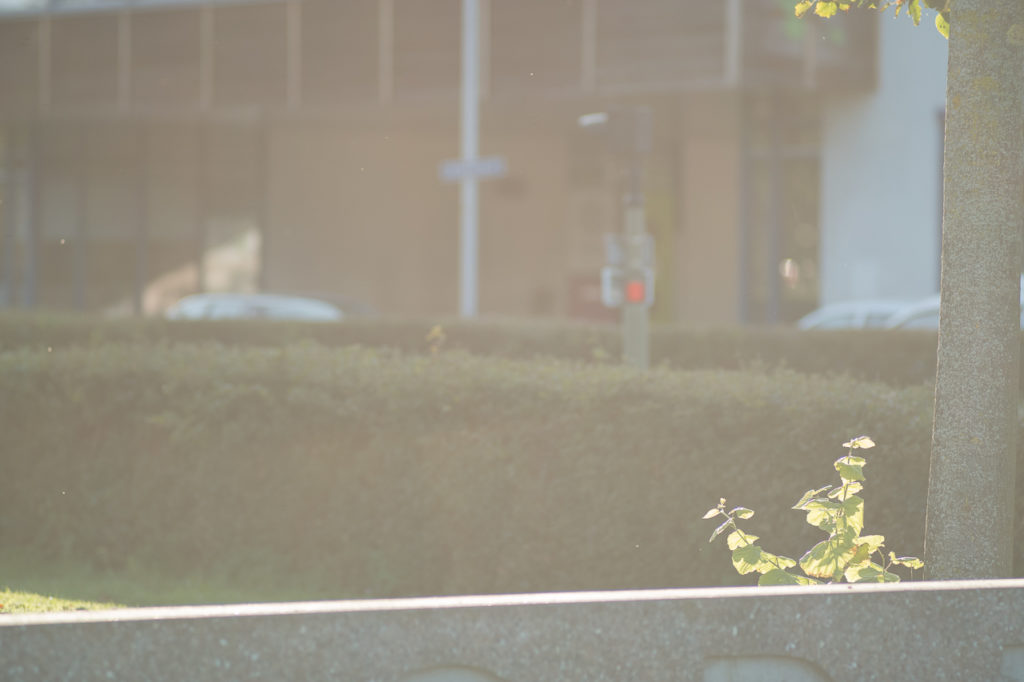
Sharpness, bokeh and rendering
While I haven’t my usual shots with Fowley (he’s on a much needed sabbatical I’m afraid), the R180 surprised me with it’s IQ. It’s pretty sharp wide open, at least in the mid. Sharpness increases, as you would expect, with increasing the aperture value. Bokeh is very pleasing, far more creamy than I’d expect from a relatively old lens design.
It does flare and loses contrast when you shoot it against the light in certain angles, but you can use that to your benefit as well.
I didn’t notice any obvious lens errors and it also vignetted less than I suspected.
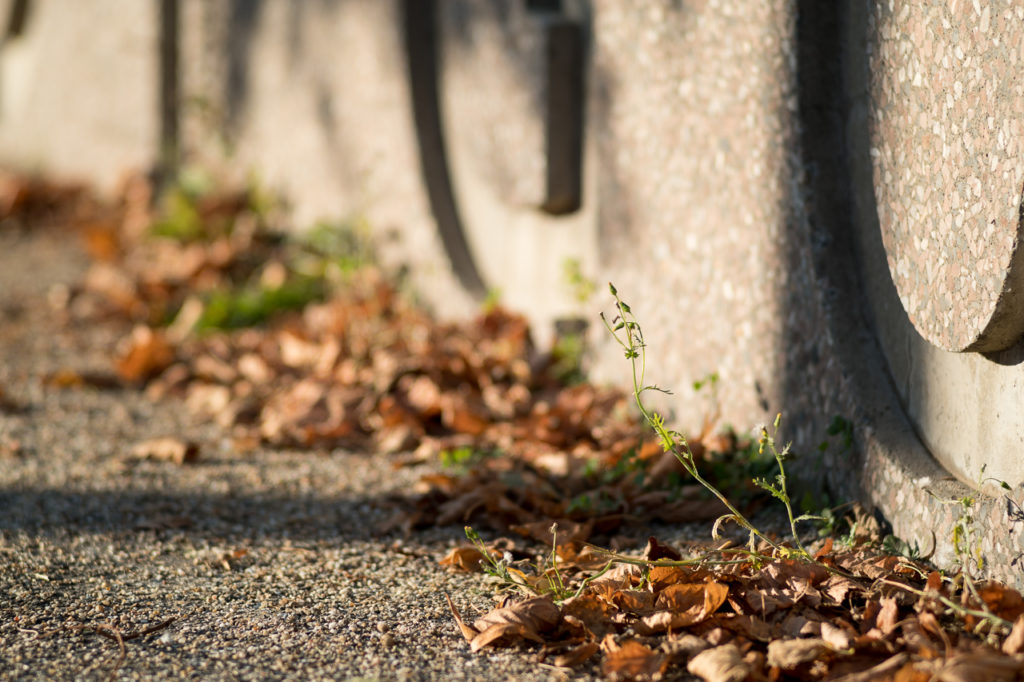
Conclusion
If you like the 180mm focal length and don’t mind the weight, nor the long focus throw, you won’t find a better lens anywhere else. It’s sharp, has nice bokeh, doesn’t suffer from any significant lens errors and is built like a tank.
While I always thought 180mm isn’t suitable for wildlife photography, I was proven wrong the minute I stepped out of my house and ran into this heron that patiently posed for me. Most animals that are big enough to fill the frame from an acceptable distance won’t be so kind to wait though.
If you’re interested in the 180mm focal length, this is a complete no-brainer. Go for it.
Note: because I’m quite busy I didn’t have the time to get the product shots I normally take, plus I didn’t go out with the lens as much as I wanted.

